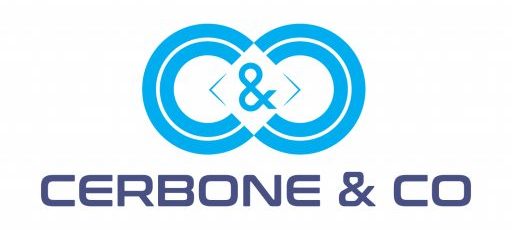I recently purchased a new Samsung 4KTV featuring the Smart Hub with downloadable apps that enable you to enjoy all of your online streaming services without having to purchase an Apple TV, Roku or Amazon Fire or other streaming device. Unfortunately, it failed to deliver on my expectations. Being an avid baseball fan, I went to the Smart Hub store to see if it featured the MLB At Bat application. To my joy, I found the app in the featured selections, downloaded and installed it within minutes.
After install, I was prompted to enter my credentials, upon which, I received an error stating “No user Feature context mapping available”. After contacting MLB and Samsung, I was informed that the particular model was not supported. A few days later, an update was issued supporting Samsung’s 2016 model TVs. However, it did not resolve the issue. MLB responded saying that they could not test the issue because they did not have any new devices to validate the bug against. Samsung has yet to resolve the issue either. As a result, I have added a Roku to my Samsung TV so that I can watch the Red Sox. Samsung’s Smart Hub is a great idea, but the delivery of a flawed product has weakened my confidence in the platform.
What can we learn from this? Diligent product development and launch preparation could have avoided a bad customer experience.
- Development – The Samsung Smart Hub development environment is similar to that of a mobile phone OS, such as Android. While the platform is common across all of their devices, there are some nuances that don’t enable a “write once, run anywhere” experience. As a result, the requirements and development need to take these issues into account in order to avoid a poor customer experience. In this case, it would have been helpful to develop a trigger or flag that would allow the store to block applications that are not supported on a particular device. In addition, usability testing during the development phase for error conditions would have revealed that an average consumer does not understand what “No user context feature mapping available” was intended to convey. A simplified, non-technical error message with a corresponding call to action would have dramatically improved the user experience.
- Testing – No product development activities are complete without testing. A thorough test plan begins with detailed product requirements and is executed across a broad range of the target devices.
- Post launch support – Similar to testing, no product launch is complete without the development of a thorough support plan. Documentation needs to be created to enable company fix agents to understand the new product or service and support issues through a variety of channels, including telephone and chat. Self care options should also be developed with FAQs, customer forums and online tools. Customers need to be made aware how to access support as well. Marketing a service to customers that they cannot use is not great customer service.
Cerbone & Co. can help you develop detailed product requirements and new product introduction planning to help make your product launches a success for you and your customers.
